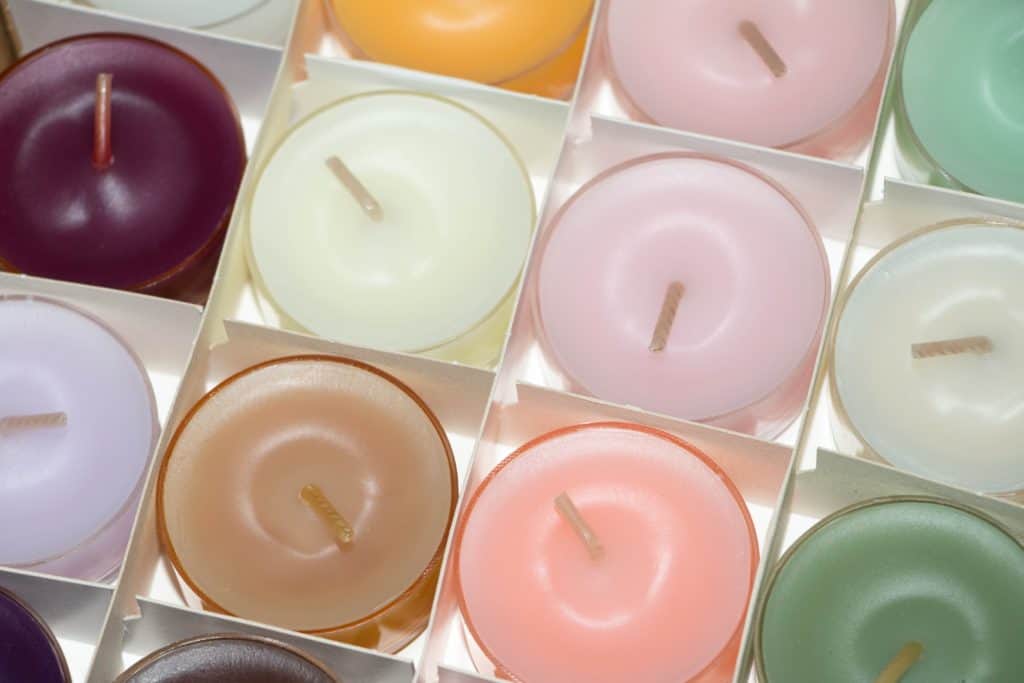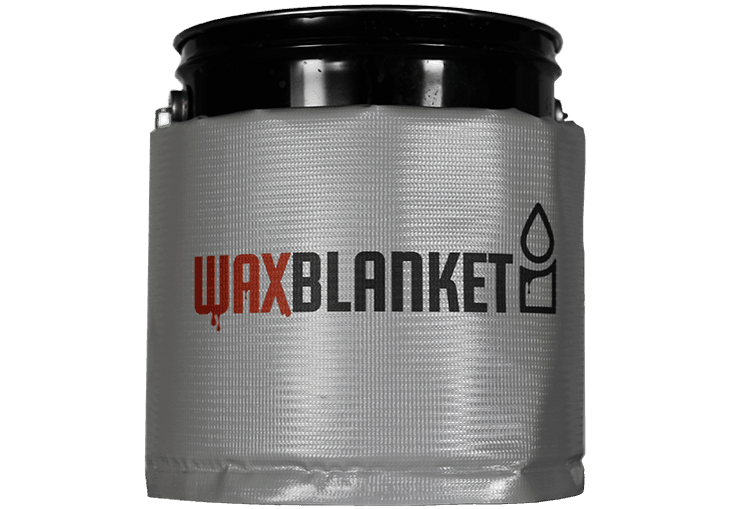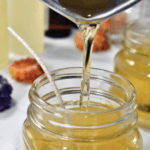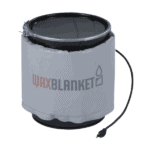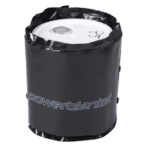Manufacturing candles is a fairly simple process; however, there are a few things to keep in mind before getting started. This is especially true when it comes to heating wax and keeping it at the right temperature.
Although candle making involves just a few relatively simple steps, the end product can be disappointing without a few crucial pieces of knowledge. Some issues new candle makers may encounter are wicks that drown in wax, a scent that quickly disappears, and containers that overheat and break. Let’s take a look at a few things every candle maker, new or seasoned, should keep in mind.
To maintain even heat and prevent overheating, we highly recommend investing in a wax melting solution designed specifically for candle making. This will prevent many headaches and help you efficiently produce quality candles. An option we love is wax melting blankets; they provide even, controlled heat to melt wax right in its container.
Take Care in Selecting a Wax
Today, candle makers have over 60 choices for wax! Each type of wax has specific advantages. To make selecting a wax type easier, we recommend thinking about what you want your finished candle to be like and working backward from there.
For example, if you are making a pillar, taper, or molded candle and aren’t adding fragrance, beeswax might be a great choice. Beeswax is hard when solid and emits a naturally sweet scent that alters, or masks added fragrances.
If you’re crafting a container candle with added aroma and want your candle to contain “all-natural” ingredients, soy wax is a great option. It’s fairly soft and carries aromas much better than beeswax.
On the other hand, soy wax — which has increased in popularity in recent years — is fairly soft and, therefore, best suited for container candles. This wax is generally better at throwing aroma than beeswax, but it’s not as good as paraffin wax.
Paraffin wax is widely known for being the best at throwing scents; however, according to the US Department of Labor and Occupational Safety and Health Administration (OSHA) it t “may possess some carcinogenic properties.” While the Centers for Disease Control (CDC) does not consider paraffin wax to be toxic, fumes may cause irritation to the eyes and skin.
Other common choices are palm wax, coconut wax, or a blend of two or more popular waxes.
Know How to Add Scent
Effectively adding fragrance (fragrance that lasts and isn’t too soft or too strong) requires a bit of know-how.
The two most popular choices for candle fragrance are (1) essential oils and (2) fragrances made specifically for candle making.
Some argue that essential oils don’t hold up as well when exposed to the heat of a candle, and the fragrance won’t last as long.
Many candlemakers recommend adding fragrance to wax when it’s at its hottest; this will ensure that the scent blends well.
Start Small
If you’re new to candle making, we suggest starting with smaller candles. This means when an inevitable mistake is made (don’t worry, it’s a learning experience!), it’s not an expensive loss.
Test Your Color
When adding color to candles, you’ll use dyes specifically for coloring wax. It’s important to note that different waxes will display the colors differently. This may mean you will need to experiment a bit when playing with a new type of wax. Colors will typically look the same whether the wax is melted or cooled; however, if you want to double-check the color of your cooled candle, you can smear a small amount of melted wax onto a piece of paper and let it cool. You can then adjust the color as necessary before allowing the rest of the wax to cool.
Carefully Select a Wick
Different types of wicks will react differently to different types of wax. Factors like color, size, scent, and wax type will all affect what type of wick is required. Each factor alters how the wax melts and, therefore, how big the flame needs to be.
When a wick is too small, the flame won’t be hot enough to burn the entire candle (you’ll just end up with a pit in the middle of your candle with plenty of unused, solid wax around the sides). Alternatively, a wick that is too small could quickly drown in melted wax.
A flame that’s too large will likely create smoke and soot. It could also create excess heat, causing the container to crack.
To select the proper type and size of the wick, we suggest you consult with your wick provider; they will know which types of wax will best work with the wicks they provide.
Say “No” to Flammable Materials
A Common mistake that beginner candle makers make is adding components to candles that can catch fire, such as dried flower petals and perfume. It’s easy to get carried away and try to push the limits. It’s fine to experiment if you’re burning in a controlled environment; however, when it comes to candles you’re selling, it’s always best to be as safe as possible.
Take Care When Melting Wax
If you’re a newbie candlemaker or working only in small batches, a simple double broiler pot may do the trick. However, if you’re planning on producing large quantities of candles, you’ll need a reliable way to evenly heat large amounts of wax.
We recommend finding a solution that:
- Maintains even temperatures. You’ll need to keep the wax melted while you add any fragrance and/or color. A heating solution that heats wax evenly will ensure even mixing during this process.
- Prevents overheating. Overheating can also cause discoloration—along with cracking, poor fragrance throw, poor glass adhesion, frosting, and rough tops—ultimately creating a weakened product.
A great option for large-scale wax melting is malting tanks. Solid wax is added to the tanks where it’s melted. The wax is then dispensed from the tank as needed and taken through the rest of the candle-making process.
We, of course, prefer the convenience of wax-melting blankets. These heated blankets can evenly melt wax in their original storage container. Just think of the time and space that saves! Additionally, wax-melting blankets provide reliable, consistent temperature control.
Whichever wax-melting solution you go with, make sure you consider your needs and do plenty of research.
Frequently Asked Questions
What happens to wax when heated?
When wax is heated, it melts into a liquid form, allowing it to be mixed with fragrances and colors for candle making, and when further heated, it can vaporize, breaking down into molecules that react with oxygen to produce heat and light.
How do you heat just wax?
To heat wax effectively, use a wax melting solution like a wax melting blanket or a double boiler, ensuring even heat distribution and preventing overheating for optimal results.
The Wax Blanket is designed to safely and efficiently melt your wax or glycerin into a usable liquid form with minimal attention on your part.


